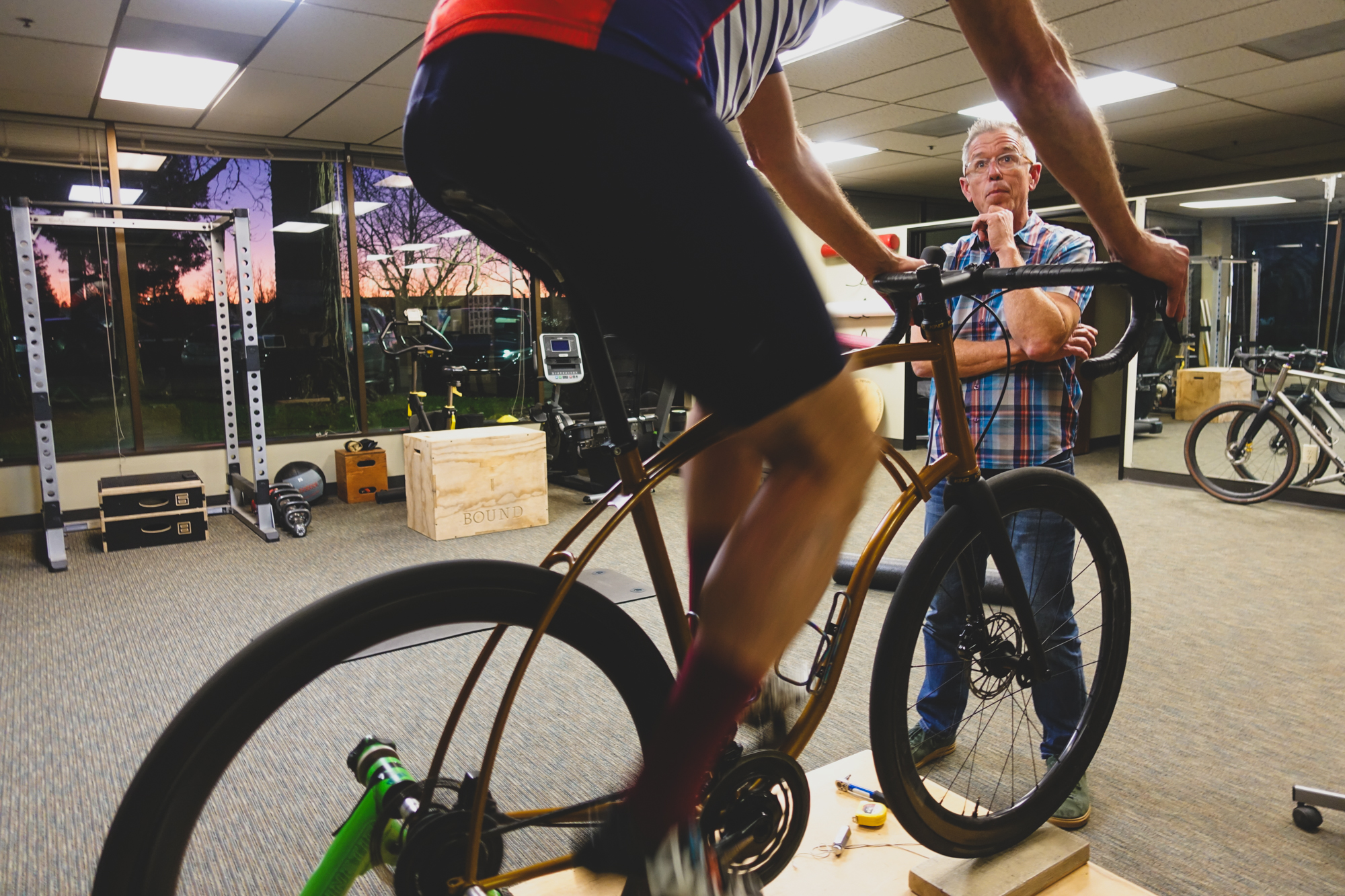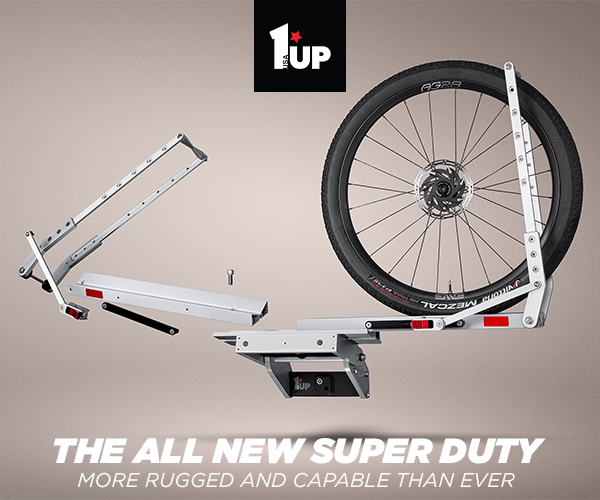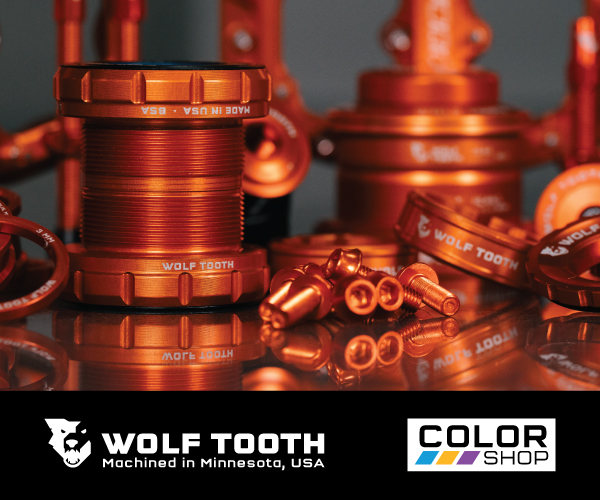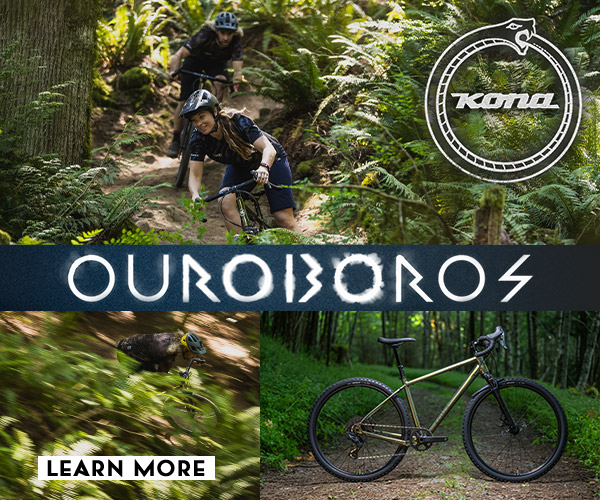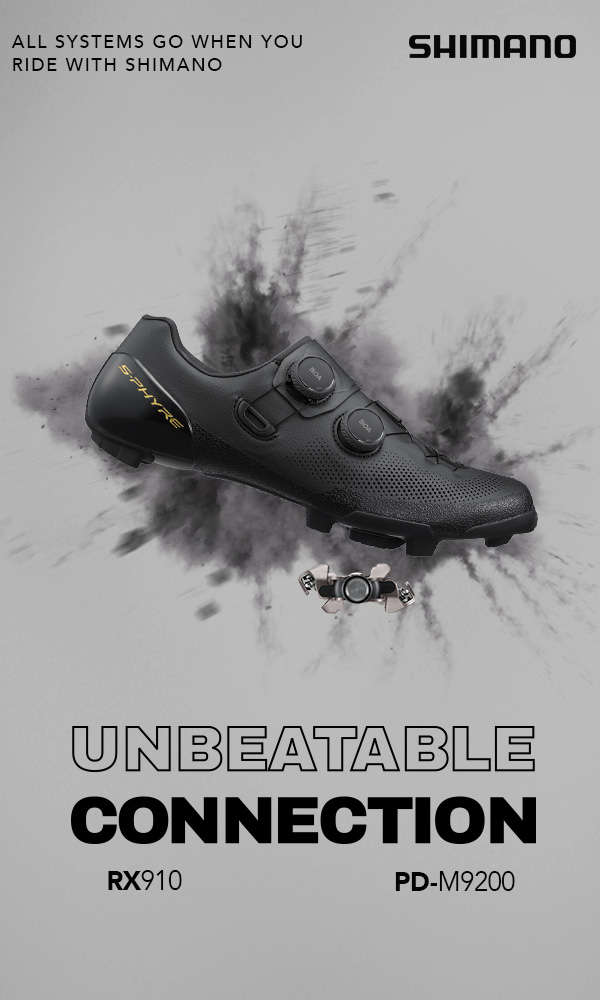What is bike fitting and who needs a bike fit? The internet is full of misinformation and misconceptions about this practice, which is often disregarded as an unnecessary waste of money by non-competitive riders. But a good bike fit can improve your comfort on every ride, no matter what kind of bike you’re working with. Nicholas Haig-Arack explores the wide world of professional bike fitting to try to explain the methodology behind the mystique.

What is Bike Fitting?
What do you envision when you think about a professional bike fitter? Some may visualize a sadistic sports scientist commanding skinny pro roadies to contort their bodies onto carbon fiber speed machines to optimize aerodynamic efficiency. Others might imagine a mere technician trained to perfunctorily interpret data from a laser-guided, AI-assisted fit robot. Worst of all, some may conjure up an image of a snake oil salesperson, a charlatan who interprets fit feedback arbitrarily and ends up creating more discomfort on the bike rather than resolving the issues that prompted a visit to the bike fitter in the first place. While these caricatures may unfortunately ring true in some cases, I have personally seen transformative results from working with bike fitters. But not all bike fits are created equal.
Today I’ll introduce you to two bike fitters, Matt Stewart and Dave Townsend, both of whom employ similar approaches but have very different backgrounds. Both are specialists who apply their knowledge of the science of body movement to help riders realize their individual fit goals. Bike fitters are 33% kinesiologists with a complex understanding of human anatomy, 33% bike geometry nerds who obsess over reach numbers and pedal length, and 33% keen observers who understand the complex relationship between our bodies and our bicycles. The added 1% is the special sauce of subjectivity that only comes from years of experience observing many bodies on many bikes.

Bike Sizing vs. Bike Fit
According to bike fitter Matt Stewart, “A fit is a relatively specific word suggesting an advanced level of analysis, measurements, and depth of knowledge. For many more casual riders, I prefer to use the word sizing. Casual riders may not use enough sophisticated gear or be perceptive enough to notice minute changes. A sizing might include saddle height adjustment, handlebar sizing, stack adjustment, and suspension setup.”
Basically, everyone needs their bike to fit, but not everyone needs a bike fit. For casual or non-performance-focused riders, a bike sizing appointment will help you figure out the right size bike for your body as well as the correct size and position for all the touchpoints on the bike. Bike sizing is broad strokes, whereas a bike fit means assessing your unique biomechanical abilities and fine-tuning the details to meet your individual riding goals. A proper bike fit includes a prescription for the rider as well as for the bike – after all, getting our bodies to better function on the bicycle is as important as getting our bicycles to fit our bodies.
In the past year, I’ve had two fit sessions with two different fitters. I learned a lot about my own body’s biometrics, such as sit bone width, pelvic tilt, femur length, foot arch height, and so on. When done right, a skilled professional bike fitter will listen to your riding goals, observe your current position, make adjustments to your bike based on your needs, and offer concrete feedback to support their suggestions. Some of them use very basic measuring equipment, like a plumb bob and goniometer, and some of them use fancy ultramodern measuring equipment, such as a 3D motion capture – but don’t get blinded by the dazzle of laser beams and flashy tech. The tools are only as skilled as the person using them. There isn’t a “one size fits all” solution to bike fitting, just as there isn’t a “one size fits all” body, or bicycle.

Who Needs a Bike Fit?
Before I had my first fit appointment, I didn’t believe that I needed a bike fit. After all, I was a casual “jeans and a t-shirt” rider and dirtbag mountain biker, so I thought bike fits were only for tri dorks and gram-counters. Like me, many readers of The Radavist might be thinking that a visit to the bike fitter isn’t their cup of tea – after all, a bike fit is just about getting the saddle and bars high enough to be comfortable… right?
For many folks, that just may be enough. It certainly was for me when I was in my 20s and I rarely rode more than 20 miles a day. But as I pedaled more often, over longer distances, my body started to experience discomfort. Sore lower back, wrist fatigue, and numbness in the feet – these are all common issues that indicated a poor fit. Eventually I decided to see a professional.
I’m going to interview two of the skilled practitioners who have improved my life on the bike. Just to be clear: I am not a bike fitter; I am an inquisitive person with many years of experience riding, designing, writing about, and thinking about bicycles. My goal isn’t to push anyone to schedule a bike fit; I simply want to demystify a practice that has improved my life on the bike.
Let’s get into it.

Interview with a Bike Fitter: Dave Townsend at Santa Rosa Physical Therapy
Dave Townsend is a professional physical therapist and bike fitter to the stars with over twenty years of experience fitting everyone, from gravel pro Pete Stetina, to three-time US Criterium national champion Luke Lamperti, to normal folk like me. A smattering of Townsend’s personal stable of bikes lines the walls at his office. His choice of personal bikes speak volumes about the man himself – there’s an old Gary Fisher Montare that’s been converted to a flat-bar gravel bike, complete with custom steel fork fabricated by Fitz Cyclez. Townsend also rides a modern steel hardtail made by B Side Bikes in Sebastopol. With a Master’s Degree in Physical Therapy from UC Davis, Townsend brings a deep wealth of knowledge about physiology experience to the table, which is where my fit appointment started: on a massage table, where he could measure my flexibility and range of motion.
Who needs a bike fit?
A one-on-one professional bike fit is needed for individuals who are having pain in a particular area of their body while riding, or for individuals who are looking for performance improvements or just want to be more comfortable on the bike.
What role does a rider’s current riding style and goals play in the fit?
The rider’s goals and style are the most important aspect of a bike fit. For example, a client might come to see me for a fit with the goal of getting a particular result in competition, or to be able to complete a multi-day bikepacking trip, or just to reduce pain while participating in local club rides. Each person needs to be evaluated with these goals in mind to determine what bike fit changes might need to be made and what, if any, physical therapy treatment plan needs to be implemented.

What’s the number one mistake people make when adapting their bikes to improve fit?
The number one mistake I see when riders try to adapt their bikes to make them more comfortable is when they move their saddle too far forward to get their bars closer. More often than not, that moves their center of gravity too far forward on the bike and that ends up putting more pressure on their hands, neck, back, and front of the knees.
If a rider feels that they can’t afford a professional bike fit, are there any general tips or advice you can give for them to do it themselves?
MyVeloFit is really solid [Stay tuned to the next article in this series for my review of MyVeloFit].
What bike fitting systems do you incorporate in your practice?
I see bike fitting from a physical therapy perspective as well as a performance and experience perspective as a rider, so my system is a combination of bike fitting philosophy from physical therapist Erik Moen and his Gold BikePT certification. I also have borrowed and learned from the philosophies of Steve Hogg, Serotta, and Mike Sylvester.
In my session with Dave Townsend, I brought three of my personal bikes: my Bruce Gordon gravel bike, my Sycip XC mountain bike, and my vintage Jeffrey Richman road bike. Townsend was gracious enough to put each bike in the trainer and gave me insightful feedback on how to alleviate my lower back pain by rotating my saddle angle and increasing my saddle-to-bar drop. He also pointed out that my toe pain and numbness were linked to riding shoes that were too narrow – you can read about my wide shoe journey here.
I went home with fit charts for each bike, as well as physio exercise homework using resistance bands to increase flexibility and strength. I think there’s great value in visiting a fitter who’s also a physical therapist; Townsend didn’t only alter the way that my bicycle fit me, he offered feedback to incorporate exercises into my pre- and post-ride routines to make me a better rider.

Interview with a Bike Fitter: Matt Stewart at Breakaway Bikes
Matt Stewart is my friend, former co-worker, and riding companion. Originally from Milford, PA, Matt has been working in bike shops in Santa Rosa, CA for the past eight years. Stewart has excellent taste in bicycles, with a fleet of custom metal creations by Hunter, Sycip, and Lynskey. He’s fast, but he’s also friendly. He will talk your ear off about custom geometry, and like many folks who’ve worked in bike shops for most of their lives, he has many strongly-held beliefs about bikes.
When I first met him years ago, Matt had just completed his training as a certified Body Geometry/Retül fitter while working for the local Big S store. I was among his first clients when he was learning the ropes. Matt’s fitting practice is based in the fundamentals; his tools are a plumb bob, goniometer, and chalk. Recently I’ve sat in on several of Matt’s fit sessions so I can get a sense of just what a fitter does in a fit session. Here’s our interview.
Who needs a bike fit?
Everyone could benefit from a bike fit, but not everyone needs one.
Bike fits could help many riders, but some riders are unwilling or unable to make changes to their bike and riding style. A bike fit works best for someone who clips into their pedals, wears riding shorts or chamois, has an open mind, and understands that riding a bike is a fitness endeavor and bikes are not meant to be recliners with wheels.
A proper fit can help in a variety of ways; it can provide comfort, a performance advantage, added confidence on the bike, and can work to highlight a bike’s riding attributes. Anyone seeking this from their bike can be a candidate for a bike fit.
What are your thoughts on the relationship between efficiency, performance, and comfort? Obviously an ergonomically-designed cruiser or hybrid bike places an emphasis on comfort, whereas an aero road bike places an emphasis on performance. Can a performance-driven bike be comfortable? Can a comfort-driven bike be efficient?
I believe that these all work together a bit like a Venn diagram. As a fitter, I aim to put a rider at the intersection of these three concepts. Fitting is about seeing a body’s natural movements, tendencies, and limitations. Any bike can be adapted and improved by looking for areas that show rider fatigue, stress, or compromise. A fit can make a “performance” bike more comfortable, and a “comfort” bike more efficient, but it will never succeed in making a “comfort” bike a “performance” bike, or vice versa. If that is the goal, the rider has the wrong bike.

What’s the number one mistake people make when adapting their bikes to improve fit?
I think that many people make the mistake of thinking they need to sit more upright, seeking comfort in their lower back or shoulders. A proper bike is based around pelvic rotation on the saddle. Raising the handlebars forces the pelvis to rotate back, making the reach of the bike additionally more challenging and making you absorb impact more vertically through the spine. When a rider feels like this, often it actually comes back to the choice of saddle or saddle position. Not that I prescribe everyone to slam their stems, but focusing on a forward rotating pelvis and supporting your body with your core can help a lot.
If a rider feels that they can’t afford a professional bike fit, are there any general tips or advice you can give for them to do it themselves?
There is no real substitute for an outside set of eyes looking at you on your bike. As a main point though, before adjusting your bike’s cockpit to find comfort, make some adjustments to your cleats, saddle height, positions, or fore and aft. I find many riders focus a lot on how the cockpit feels and ask me to work specifically on that area. More often than not, that same rider has a lot of other adjustments “below the waist” that need to be addressed first.
What bike fit systems do you incorporate in your practice?
Currently I use analog tools and my eyeballs. I was trained on Retül [a tech-based fit system that was purchased by Specialized in 2012] and used it pretty intensively for 2 years. I still use many of the principles of this method, but prefer the analog approach, and have found that the technology interface often distracts from the experience of the service.
Have you tried any of the DIY bike fitting systems using AI video analysis? What’s your take on self-guided, technology-assisted solutions?
No, I have not tried any of these but I am aware of them and have a general sense of what they’re attempting to do. I do not prescribe this kind of technology. In a bike fit, we are working with the difference of millimeters – I do not trust a phone camera set up by a novice in a garage 12 feet away to accurately measure anything, specifically when it comes to measuring internal body parts whilst in motion. Maybe this type of service helps a very small subsector of riders; someone who is not perceptive enough to notice their saddle is an entire inch too low. But I don’t feel it is a replacement for a bike fit.
Matt’s thoughtful answers offer some real insight into his process and methodology. He brought the same degree of observation and expertise to this interview as he does to his bike fitting practice.

Where Can I Get a Bike Fit?
The two bike fitters mentioned here are professionals who have been endorsed by trusted friends within my geographic region. They’re both great options if you happen to live near Sonoma County, California. But what if you live somewhere else?
Ask your riding friends. Ask your physical community. Ask your local bike shop. Hell, ask below in the comments – and please, if you endorse any bike fitters in your area, give them a shout-out!
A Note on Certification
Some fit professionals are certified physical therapists or medical professionals; many are not. Some fit professionals have training certification through BikePT, the Serotta International Cycling Institute, Slowtwitch, Body Geometry/Retül, Cyclogic, Guru, and other bike fit training systems; some do not. I personally believe that a bike fitter should be accredited through some organization in order to practice, as is customary in Europe. Unfortunately, there isn’t any such oversight in this field within the United States – it’s the wild west out there. It’s a shame, because the proliferation of certification systems and lack of unified standards creates choice paralysis when it comes to finding information online about the best bike fitter for your needs in your region.


In Conclusion
Look, I’m not going to try to sell any of you on the idea of getting a bike fit. All I can say is that it has helped me as a rider to have someone objectively observe how I ride and then give me some tips and modifications to make riding bikes even more fun and comfortable.
One of the things I love about bike fitting is that it provides human connection around physical activity. That’s what riding bikes is about – being in our bodies, in the real world. As far as I’m concerned, there’s really no substitute for the hands-on approach of a pro fit session. But to be honest, I haven’t yet tried any online bike fit tools. It’s a big blind spot for me. Dave believes that their tools are incredibly useful, whereas Matt believes that they’re a load of BS. In the final part of the series, we will take a close look at MyVeloFit, the popular AI-assisted online fit system. Stay tuned.
If you’d like to see Matt Stewart for a bike fit session, he can be found at Breakaway Bikes in Santa Rosa, California. In full disclosure: I used to work at Breakaway Bikes, but I do not profit in any way from the fit studio.
If you’d like to see Dave Townsend for a bike fit session, he can be found at Santa Rosa Physical Therapy in Santa Rosa, California.




























































